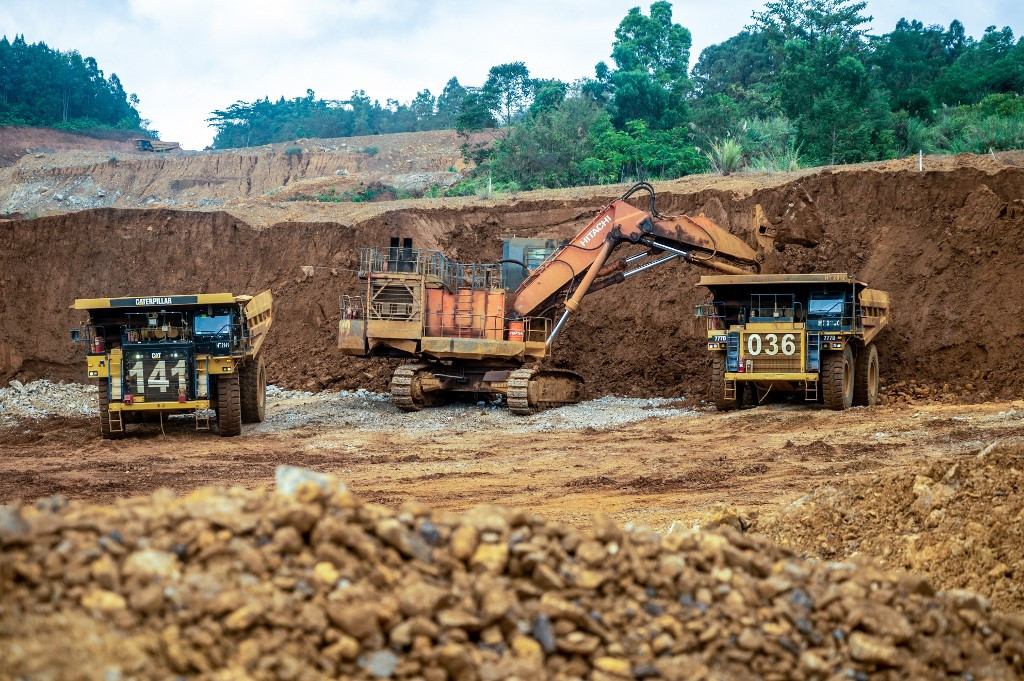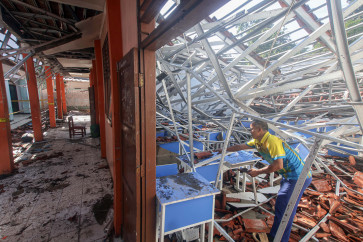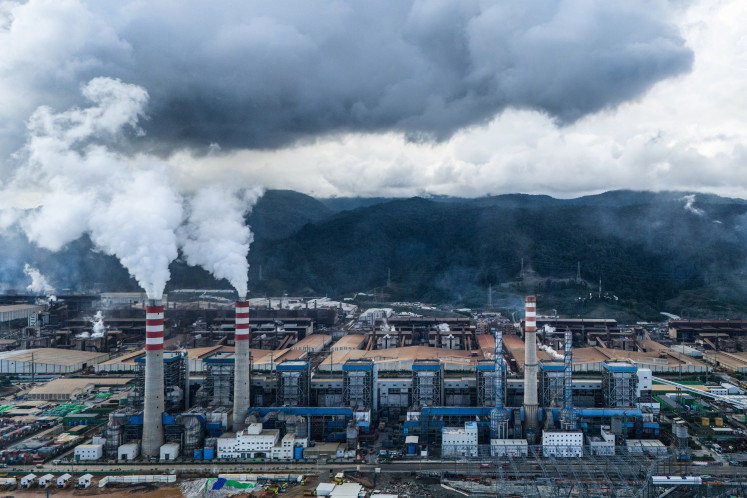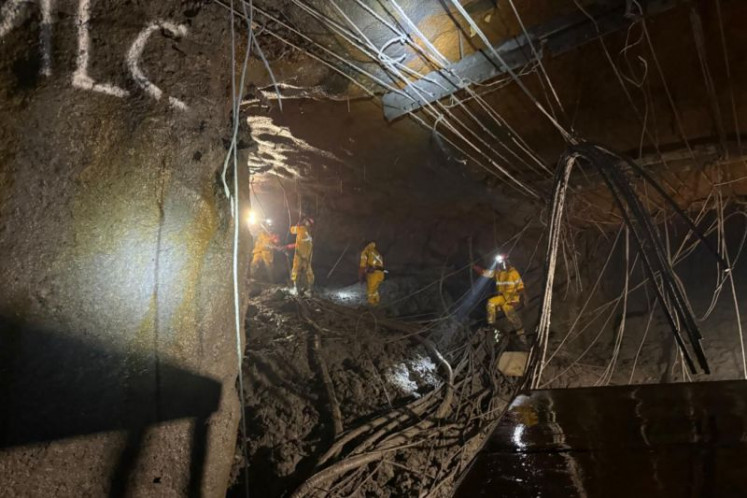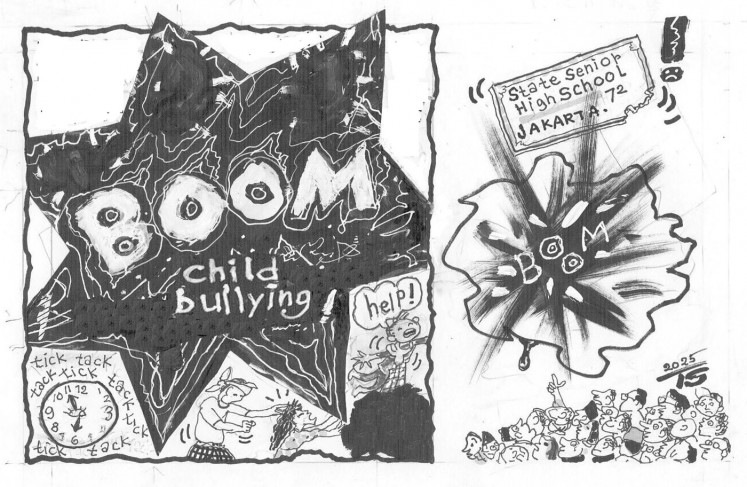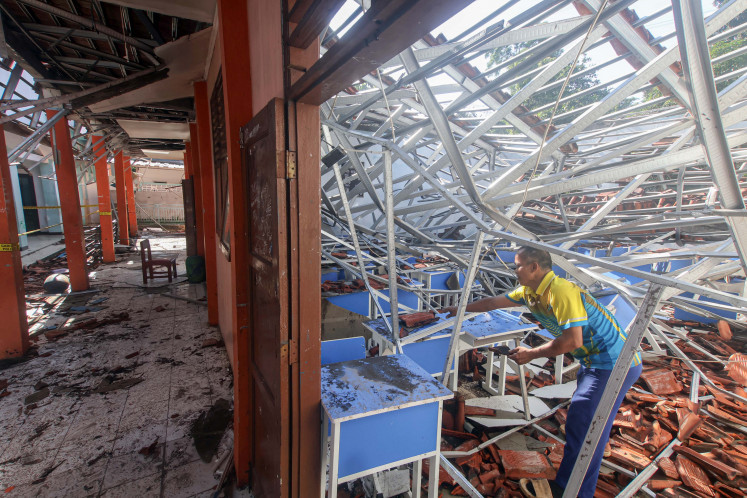Popular Reads
Top Results
Can't find what you're looking for?
View all search resultsPopular Reads
Top Results
Can't find what you're looking for?
View all search resultsLessons learned from the nickel downstreaming policy
The nickel downstreaming program has faced issues due to the lack of a comprehensive long-term plan, including a shortage of nickel ore resulting from overinvestment over the past five years.
Change text size
Gift Premium Articles
to Anyone
T
he nickel downstreaming program has been successful, but it now presents complex challenges due to the absence of a long-term plan, potentially leading to the overexploitation of natural resources.
On the one hand, the program has boosted exports of nickel products over the past five years. In 2024, export values reached US$14.1 billion for ferronickel, $8.2 billion for stainless steel, $3.9 billion for mixed hydroxide precipitate (MHP), $3.2 billion for nickel matte and $500 million for nickel sulfate.
Correspondingly, investments have increased significantly over the past five years. Last year, foreign direct investment (FDI) and domestic direct investment (DDI) in the basic metals processing industry reached $13.6 billion and Rp 35 trillion ($2.15 billion), respectively.
In addition, the program has had positive economic impacts, fostering growth in regional economies centered on nickel production. Mineral-rich North Maluku province experienced double-digit growth of 12.88 percent in 2024, while Central Sulawesi grew 8.66 percent in the same year.
On the other hand, the nickel downstreaming program has also generated some issues due to the lack of a comprehensive long-term plan. The primary challenge we are facing is a supply shortage of nickel ore as a consequence of overinvestment over the past five years.
The total demand for nickel ore is currently 261.3 million tonnes, based on existing production capacity up to 2025. Logically, the government should also ensure a supply of raw materials to support the licensed installed production capacity. Without this support, production cannot operate at optimal levels, leading to higher average cost. Furthermore, smelting companies might find it difficult to absorb these increased costs, potentially resulting in financial losses.
It appears that the government has allocated a lower supply of nickel ore for mining than the estimated need based on installed capacity. According to the 2025 work and budget plans (RKAB) approved in January, the permitted nickel ore quota is 270 million tonnes. However, the government plans to reduce the 2025 RKAB quota to 150 million tonnes.

